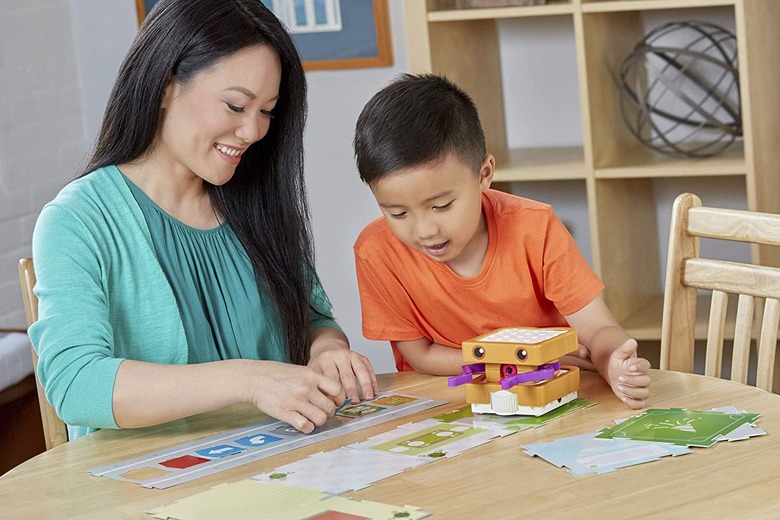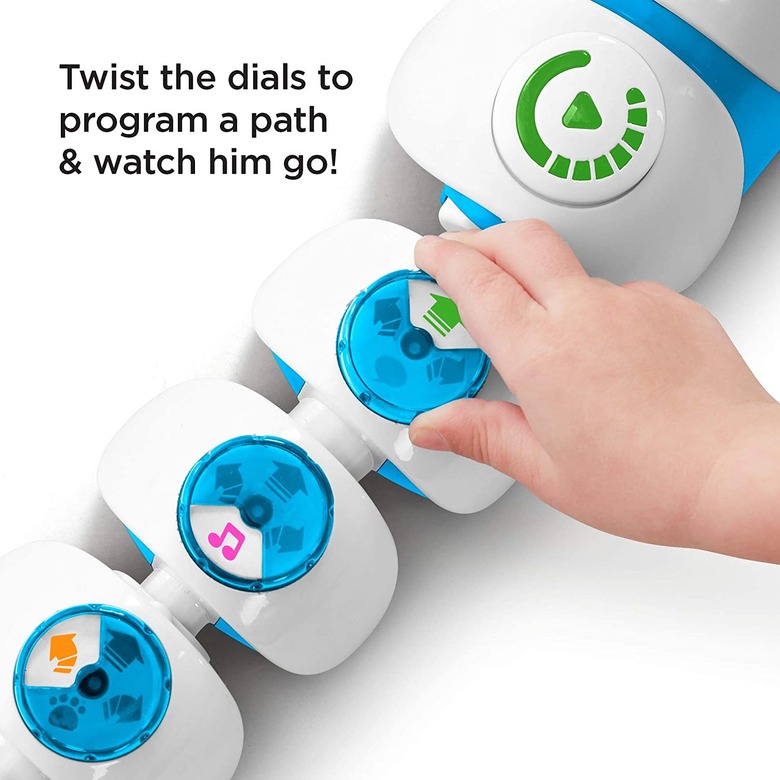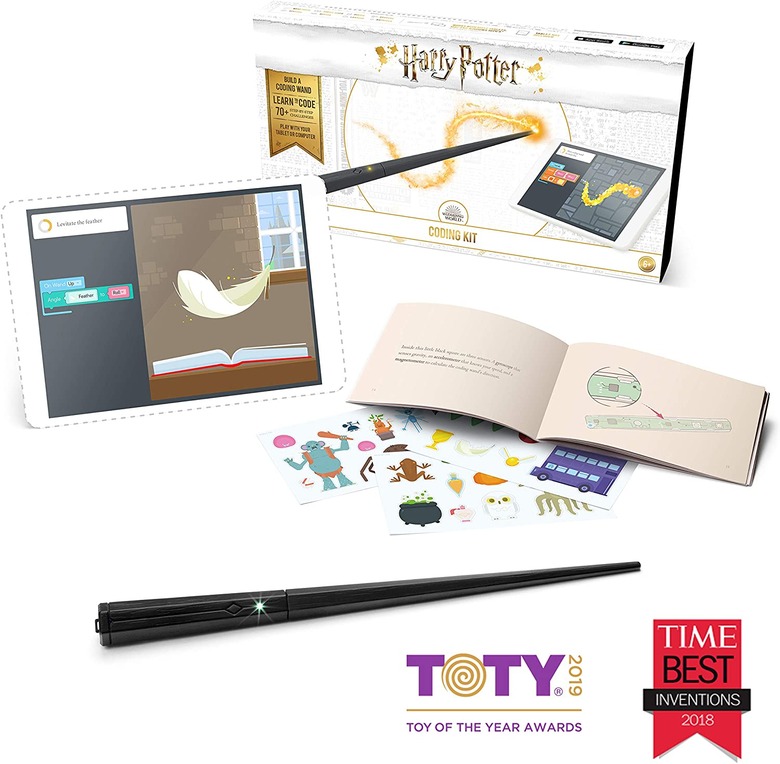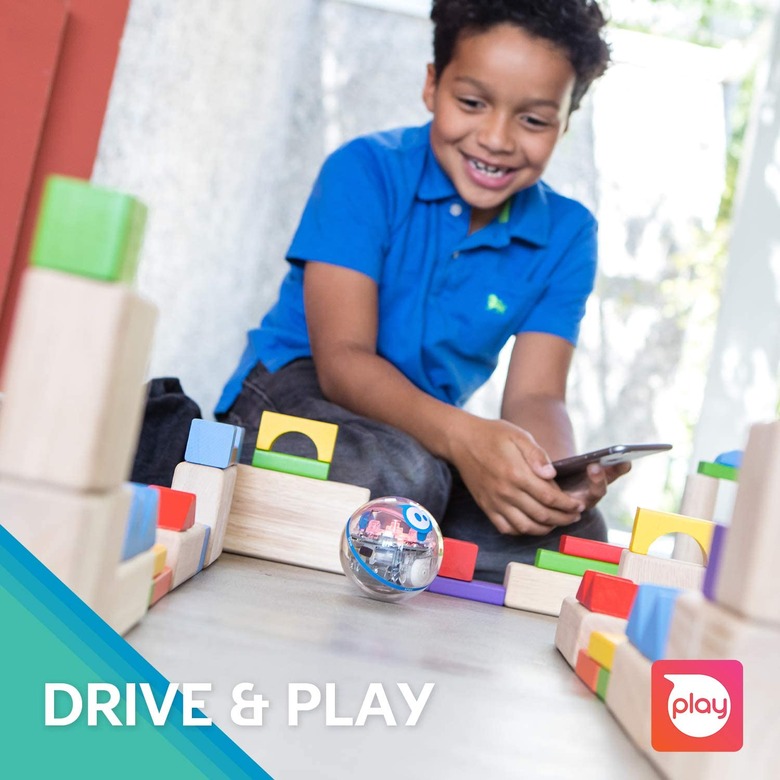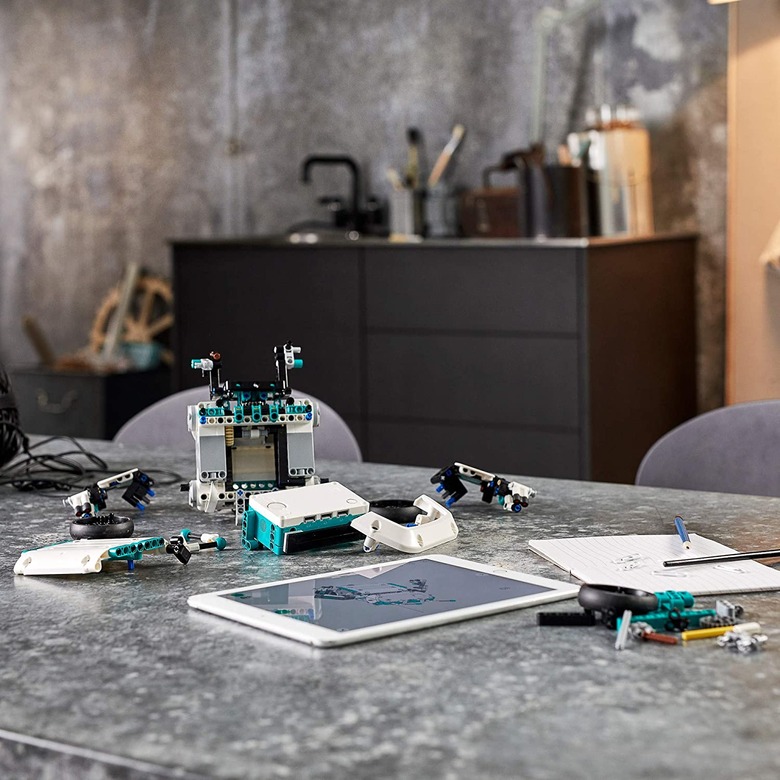The Best STEM Kits To Get Your Kids Started With Coding
We may receive a commission on purchases made from links.
Sciencing may earn compensation through affiliate links in this article.
Coding is an increasingly important skill in modern society. While once coders were seen as having this arcane, geeky talent, nowadays most people realize that our lives essentially run on code. Learning to code has never been as desirable a skill to learn, but you may be surprised to learn there are plenty of coding toys and kits that aim to teach the basics to kids as young as 3 years old. These kits break down the basics of coding into "blocks" (or similar approaches) to teach the structure of code, then move onto the details as kids gain knowledge and grow. Here are some of the best options out there across a range of ages.
Thames & Kosmos Kids First Coding and Robotics
Thames & Kosmos Kids First Coding and Robotics
US&ref=as_li_ss_tl'>Kids First Coding and Robotics simplifies coding while still retaining the core structure, introducing the key concepts to kids aged 4 to 8 using a peanut butter and jelly sandwich called Sammy. Your kid "programs" the robot using a series of code cards, which are laid on the ground for Sammy to run over and read. The cards represent chunks of code, instructing Sammy to do things like turn, continue forward or make a sound. Through this – and six storylines packed with lessons in coding – kids learn about sequencing, loops, events, conditionals, functions and variables, without the need for a screen or physically writing any code.
The kit comes with a 64-page manual, as well as the pieces needed to make Sammy and models for other characters including a mouse, penguin and fire truck. There are 30 lessons in total spread across the six storylines, which increase in complexity gradually so your kid picks up the basics before moving onto more complex challenges.
Fisher-Price's Code-a-Pillar
Fisher-Price's Code-a-Pillar
The US&ref=as_li_ss_tl'>Code-a-Pillar is the best choice for getting very young kids into coding. Like Kids First Coding and Robotics, the kit revolves around a robot that follows operations to teach the key concepts and structure behind coding. As the name suggests, the robot is a caterpillar, with a head section that processes the instructions and each segment telling the head which action to perform (changed by twisting a dial on the segment) in sequence. The options are quite straightforward, either telling the caterpillar to move forwards, left, right, play music or make a sound effect.
Since the Code-a-Pillar is designed for kids as young as 3 (and up to 6), it's about equal parts a toy and a teaching tool, with the option of setting a challenge (for example, getting the caterpillar to reach a specific spot on the floor) to improve their problem solving skills but the option for free play too. Even without a specific goal in mind, the Code-a-Pillar teaches kids about sequencing, and as they understand the mechanics they develop an intuitive understanding of how code works.
Harry Potter Coding Kit From Kano
Harry Potter Coding Kit From Kano
The US&ref=as_li_ss_tl'>Harry Potter Coding Kit from Kano teaches kids JavaScript using a Bluetooth-enabled wand and programmable spells. It's intended for kids aged 6 or older, so the coding starts out with code blocks, but crucially you can see the code and as they advance, directly edit it. The kit is built around over 70 challenges, starting from the basics of the code blocks and moving up to lessons about loops, variables and logic. This all takes place in places from the Harry Potter universe, including Diagon Alley, Hogwarts and Hogsmeade, with tons of spell effects, creatures and music, as well as the ability to customize everything using code.
The kit works alongside a tablet computer, including Windows, Amazon Fire, Android or Apple devices, with the free Kano app. The directed challenges are great for developing problem solving skills, but the biggest benefit is getting kids accustomed to real code and giving them the confidence to edit it. It also scales well with your kids knowledge level, opening up new layers of complexity the more familiar you get with the basics.
Sphero SPRK+
Sphero SPRK+
The US&ref=as_li_ss_tl'>Sphero SPRK+ is a programmable robot ball that aims to teach kids aged 8 and over the basics of coding in JavaScript. The SPRK+ is about the size of a baseball, with a scratch-resistant and waterproof outer shell, along with a programmable gyroscope, accelerometer, LED lights and motor encoders. Essentially the robot is intended for free play, so kids can get it to move and behave however they like, with the simplest approach to the coding being to simply draw a path for it to follow, but progressing to code blocks and genuine text programming through JavaScript.
The robot is controlled through the Sphero Edu app, which guides kids through the process of programming the SPRK+ in an intuitive fashion. Like the Code-a-Pillar, while there aren't specific challenges to complete (although it does come with maze tape you can use to create your own challenges), the SPRK+ teaches kids what they need to know to use it creatively and make their own fun.
Lego Mindstorms Robot Inventor Building Set
Lego Mindstorms Robot Inventor Building Set
Lego Mindstorms really kick-started the trend for coding toys, and the US&ref=as_li_ss_tl'>Robot Inventor Building Set continues in this tradition. The kit adds another layer to the fun of Lego with a drag-and-drop Scratch coding environment that introduces kids to the core concepts of code and it's structure while not overcomplicating things right away. The Robot Inventor app has over 50 activities to introduce kids to the coding system and spark their creativity.
It's intended for kids aged 10 and over, so it's more advanced than most of the options on this list, but it has a lot of potential, even supporting Python for when they're ready to move onto more advanced coding. The kit enables your kid to build five robots, including Blast (a guardian that fires missiles and more), Charlie (a helper robot that also dances and plays drums), MVP (a multi-functional vehicle), Gelo (a four-legged walking robot that can be programmed to avoid obstacles) and Tricky (a sports robot). They're guided through the building process by digital instructions, and the robots also include motors, an intelligent hub, distance sensors and color sensors to help you bring them to life through code.
Cite This Article
MLA
Johnson, Lee. "The Best STEM Kits To Get Your Kids Started With Coding" sciencing.com, https://www.sciencing.com/the-best-stem-kits-to-get-your-kids-started-with-coding-13763826/. 31 March 2021.
APA
Johnson, Lee. (2021, March 31). The Best STEM Kits To Get Your Kids Started With Coding. sciencing.com. Retrieved from https://www.sciencing.com/the-best-stem-kits-to-get-your-kids-started-with-coding-13763826/
Chicago
Johnson, Lee. The Best STEM Kits To Get Your Kids Started With Coding last modified March 24, 2022. https://www.sciencing.com/the-best-stem-kits-to-get-your-kids-started-with-coding-13763826/

